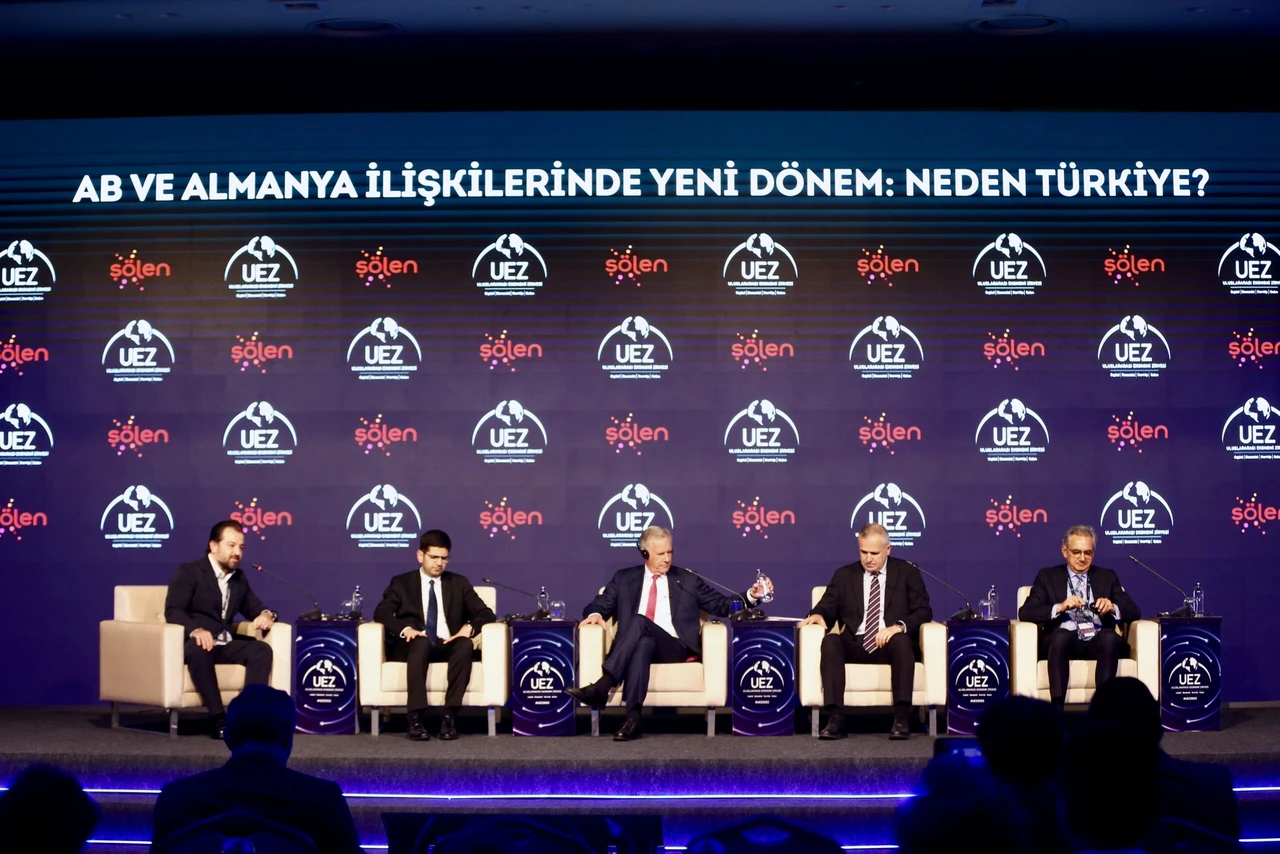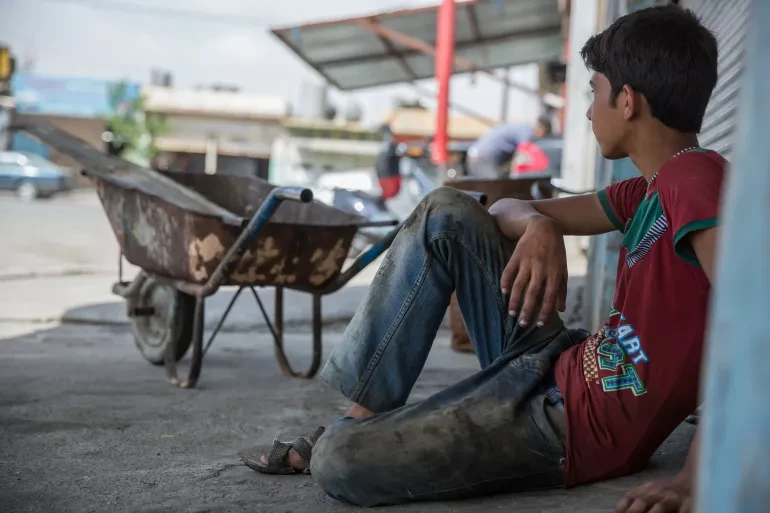EU approves €35 billion loan to Ukraine, backed by Russian frozen assets
 Ukrainian President Volodymyr Zelenskyy attends the Ukraine-South East Europe Summit in Dubrovnik, Croatia on October 09, 2024. (AA Photo)
Ukrainian President Volodymyr Zelenskyy attends the Ukraine-South East Europe Summit in Dubrovnik, Croatia on October 09, 2024. (AA Photo)
European Union member states reached a crucial agreement on Wednesday to provide Ukraine with a €35 billion ($38.2 billion) loan, a significant portion of which will be backed by the proceeds from frozen Russian assets. This move is part of a broader financial support package aligned with the G7 nations’ ongoing commitment to assisting Ukraine amid its war with Russia.
In a statement, the European Council detailed the new financial aid package, which includes the €35 billion macro-financial assistance loan. The loan is intended to help Ukraine address its immediate financial needs while also establishing a mechanism to aid in the repayment of up to €45 billion in loans provided by both the EU and G7 partners.
A key aspect of this financial package is the use of income generated by frozen Russian assets to secure the loans. Since the invasion of Ukraine, around $300 billion in Russian assets have been frozen by Western countries, with approximately $200 billion held within the EU. The frozen funds accrue billions of dollars in interest annually, which the G7 countries—led by the United States—intend to use as a sustainable source of revenue to support Ukraine’s recovery efforts.
The €35 billion loan will serve as the EU’s contribution to the G7’s total financial package. In June, G7 leaders agreed to provide Ukraine with a $50 billion loan using the income from frozen Russian assets as collateral. The European Council emphasized that the loan would include comprehensive management and control systems to ensure transparency and prevent irregularities.
To finalize the loan agreement, approval from the European Parliament is required in the next phase. Once ratified, the loan could be made available later this year, with borrowing backed by a guarantee from the EU budget.
The use of Russian assets to support Ukraine marks a shift in how Western countries are addressing the financial fallout of the war. By leveraging the interest earned on these frozen assets, the EU and G7 partners are creating a more sustainable and long-term financial support model for Ukraine as it continues to deal with the economic devastation caused by the conflict.



